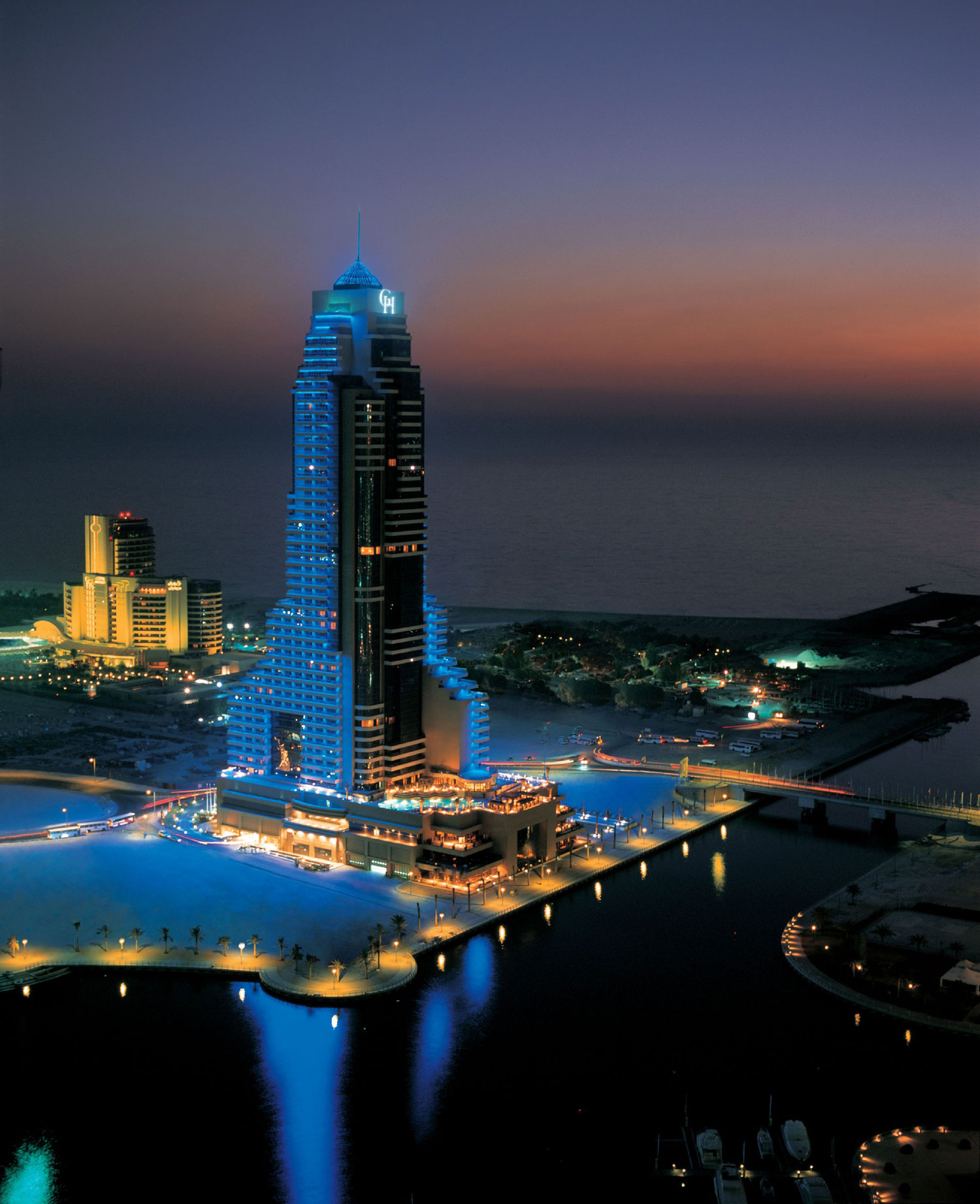 Grosvenor Square (pronounced /ˈɡroʊvnər/) is a large garden square in the exclusive Mayfair district of London, England. It is the centrepiece of the Mayfair property of the Dukes of Westminster, and takes its name from their surname, "Grosvenor".
Grosvenor Square (pronounced /ˈɡroʊvnər/) is a large garden square in the exclusive Mayfair district of London, England. It is the centrepiece of the Mayfair property of the Dukes of Westminster, and takes its name from their surname, "Grosvenor".history:
Sir Richard Grosvenor obtained a licence to develop Grosvenor Square and the surrounding streets in 1710, and development is believed to have commenced in around 1721. Grosvenor Square was one of the three or four most fashionable residential addresses in London from its construction until the Second World War, with numerous leading members of the aristocracy in residence.
The early houses were generally of five or seven bays, with basement, three main stories and an attic. Some attempt was made to produce impressive groupings of houses, and Colen Campbell produced a design for a palatial east side to the square featuring thirty Corinthian columns but this was not carried out and in the end most of the houses were built to individual designs. There were mews behind all four sides.
Many of the houses were rebuilt later in the 18th century or during the 19th century, generally acquiring an extra storey when this happened. Number 26 was rebuilt in 1773-74 for the 11th Earl of Derby by Robert Adam, and is regarded as one of the architect's finest works and as a seminal example of how grandeur of effect and sophisticated planning might be achieved on a confined site. It was demolished and rebuilt again in the 1860s. Nearly all of the older houses were demolished during the 20th century and replaced with blocks of flats in a neo-Georgian style, hotels and embassies.
The central garden, which was originally reserved for the use of the occupants of the houses as was standard in a London square, is now a public park managed by The Royal Parks. Access to the western side of the square is severely restricted by the very obvious security measures around the U.S. Embassy. At the western end of the garden there is a small memorial dedicated to the British victims of the September 11 attacks. The memorial includes an elliptical granite block engraved with the names of the victims and the poem For Katrina's Sun-Dial, by Henry van Dyke.
American presence:
Grosvenor Square has been the traditional home of the official American presence in London since John Adams established the first American mission to the Court of St. James's in 1785. Adams lived, from 1785 to 1788, in the house which still stands on the corner of Brook and Duke Streets.In the 1920s, four of the Bentley Boys - Woolf Barnato, Tim Birkin, Glen Kidston and Bernard Rubin - took adjacent flats in the fashionable south-east corner of the square, where their day-long parties became something of social legend. So common was the sight of their large, green sports cars parked ad hoc outside their flats, that for many years London cab drivers referred to the spot as "Bentley Corner".
During the Second World War, Dwight D. Eisenhower established a military headquarters at 20 Grosvenor Square, and during this time the square was nicknamed "Eisenhower Platz". Until 2009, the United States Navy continued to use this building as its headquarters for United States Naval Forces Europe. A statue of Franklin D. Roosevelt, sculpted by Sir William Reid Dick, stands in the square, as does a later statue of Eisenhower, sculpted by Robert Lee Dean.
The former American Embassy of 1938–1960 on the square was purchased by the Canadian government and renamed Macdonald House, and is part of the Canadian High Commission in London.
In 1960, a new United States Embassy was built on the western side of Grosvenor Square. A large and architecturally significant modern design by Eero Saarinen; at the time it was, however, a controversial insertion into a mainly Georgian and neo-Georgian district of London. Since 2001, a series of anti-terrorist devices have been installed around the embassy, and the road running along the front of the embassy has been closed completely to traffic. In 2006, the Grosvenor Square Safety Group residents association took out advertisements in The Washington Post and The Times, accusing the Metropolitan Police and local governments of a "moral failure" for not closing two other roads adjacent to the embassy.
In 2008, the United States chose a site for a new embassy in the Nine Elms area of the London Borough of Wandsworth, south of the River Thames. Construction of the new Embassy of the United States in London is expected to begin in 2012 or 2013, with relocation completed by 2016 or 2017. The Grosvenor square property has reportedly been purchased by the Qatari Diar investment group. In October, 2009, English Heritage granted Grade II listed status to the building. The listing means that the new owners will not be allowed to change the facade, which includes the 35-foot-wingspread gilded-aluminum eagle that hovers above the main entrance.
When the embassy moves to its new location, the United States government presence on Grosvenor Square, after two hundred thirty years, will come to an end.

Grosvenor Square
 Grosvenor Square
Grosvenor Square Grosvenor Square
Grosvenor Square Grosvenor Square
Grosvenor Square
Grosvenor Square
 Grosvenor Square
Grosvenor Square